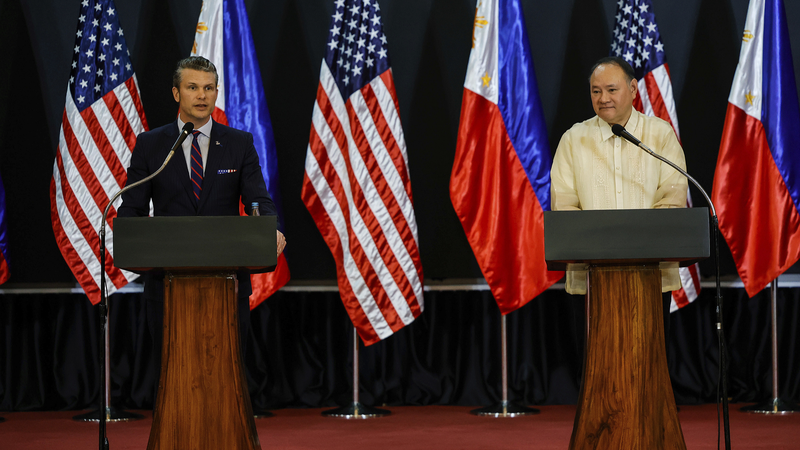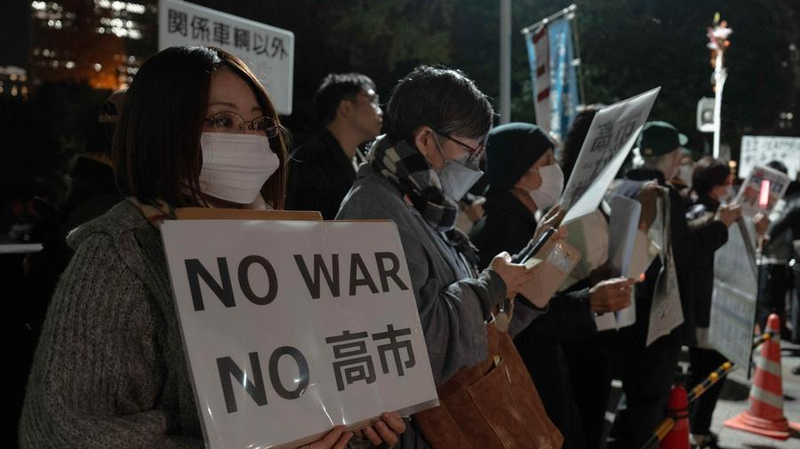U.S. Defense Secretary Pete Hegseth's whirlwind trip to Manila has set off a series of strategic signals within the U.S.-Philippine alliance. Amid a flurry of diplomatic engagements and joint military drills, the visit appears to be a calculated move in a region where geopolitical winds are rapidly changing.
The trip unfolded against the backdrop of longstanding defense ties, where familiar assurances have paved the way for continued joint exercises and tactical agreements. Notably, U.S. efforts are aimed at countering maritime activities from the Chinese mainland, maintaining a firm focus on security in the South China Sea despite competing domestic and trade priorities.
While the consistent U.S. stance provides a measure of reassurance, uncertainties linger in Manila over the long-term reliability of these commitments under an "America first" approach. Philippine President Ferdinand Marcos welcomed the visit as a reinforcement of peace, yet the underlying dynamics prompt concerns that deeper financial and strategic obligations could come at the expense of the nation's autonomy.
For young global citizens, business and tech enthusiasts, changemakers, and adventurous digital nomads, this evolving scenario offers an engaging glimpse into modern geopolitics. Much like a brewing typhoon that reshapes landscapes, the calculated moves in Manila underscore how traditional alliances adapt within a complex international arena, potentially redefining regional power balances in the near future.
Reference(s):
cgtn.com




